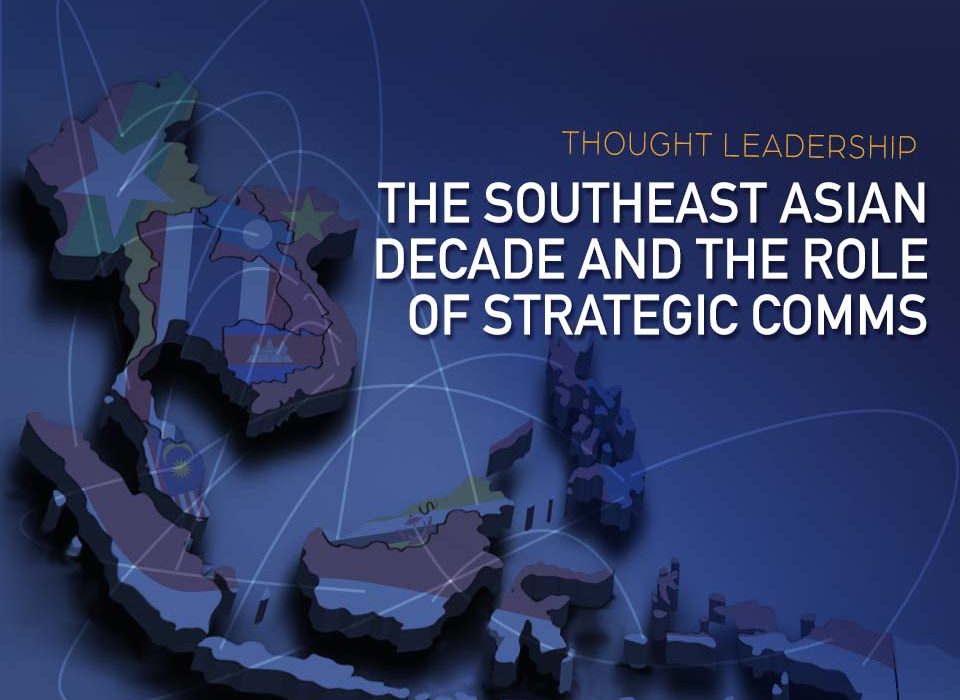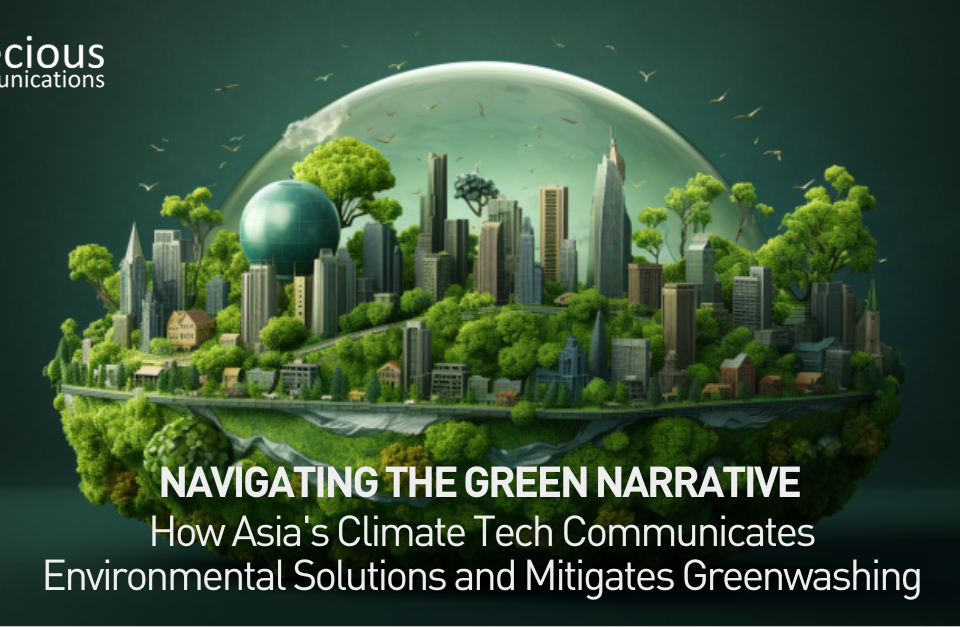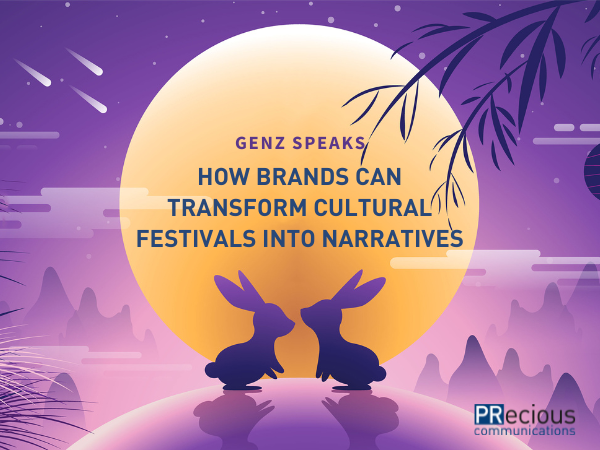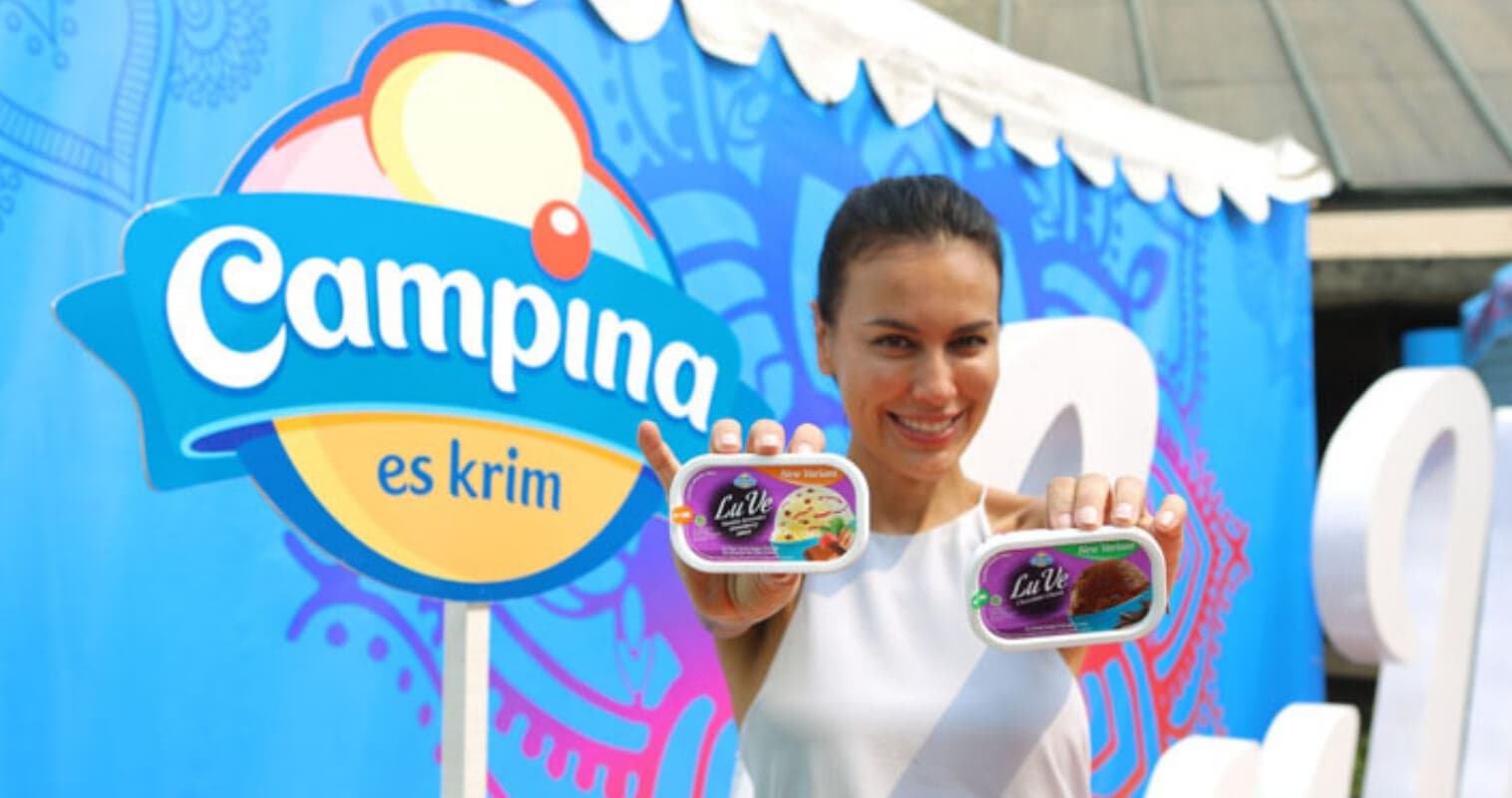The Southeast Asian Decade And The Role Of Strategic Communications

Cara Brand Memanfaatkan Momentum Kebangkitan dan Ketangguhan Indonesia pada 77 Tahun Kemerdekaan sebagai Bentuk Kontinuitas Komunikasi
September 2, 2022
PRecious Appoints Joey Gan as New Malaysia Country Lead
September 7, 2022
The last few years have definitely set the stage for the Southeast Asian decade: The region is poised to become the fourth largest economy within eight years, with a Google-led study projecting a massive $1 trillion contribution from a booming digital sector by 2030.
I discussed some of the opportunities in Southeast Asia amid a prolific growth outlook, a digital-savvy youth population and a healthy innovation climate during a panel session at the recent PRCA Virtual International Summit.
From a mobile engagement perspective, internet users in the region are among the most engaged globally. Amid a burgeoning mobile e-commerce scene, Southeast Asia is poised to become the next frontier of fintech action, following significant deal activity involving super apps and e-commerce giants such as Gojek, Tokopedia, Grab and Sea Limited, among others, in recent years.
Southeast Asia may very well be the next Silicon Valley, and brands that play their cards right may be able to seize golden opportunities. With great opportunities come fierce competition—and in an increasingly competitive market landscape, brands need to work smarter and be more strategic as they seek widespread publicity.
In our work with global companies, unicorns and fast-growing startups, we’ve seen that a go-to-market strategy is most effective if supplemented by a well-thought-out communications plan. Building a network and driving community engagement will be key in strengthening a brand’s footprint in the promising mobile and internet scene.
Attacking Southeast Asia’s heterogeneous market
What sets Southeast Asia apart from other markets is its fragmented nature. Brands cannot just employ a “spray and pray” approach in their communications strategy if they want to make it big. In a previous Forbes article, I reiterated the importance of employing a mix of regional and local PR strategies to optimize media engagement.
Landing good local media coverage entails having specialized local knowledge and insights on what top-tier local publications are inclined to feature. You want to package your messages in a form that positions the brand favorably in the eyes of stakeholders.
Impactful communications initiatives stem from having a solid understanding of audience groups and ensuring that messages are relevant to them. Hence, brands should be familiar with local nuances, from cultural and religious norms to the local media landscape. Indonesia, for instance, is characterized by a large media pool and low media maturity. This is vastly different from Singapore’s small media pool, easy media access and high maturity. When executing a PR campaign, bombarding Indonesia and Singapore media with a general pitch is a surefire way for it to land on deaf ears.
Different Southeast Asian markets may require different approaches when it comes to penetrating local media, but brands should not lose sight of the overall picture. After all, message consistency is still key in establishing a brand’s credibility. In this case, efforts should be made toward eliminating communication silos and ensuring that local teams are aligned with the regional branding direction. Only then can they enhance their brand image holistically—which can improve their chances of winning customers, hooking investors, attracting talent and building a partner network in the region.
Turning challenges into opportunities in the golden decade
With the surge in social media adoption, brands that fail to leverage digital media channels are at a losing end. However, the pluralism of community engagement platforms, the audience’s shifting consumption behavior, increasing privacy concerns and the prevalence of fake news have created challenges and complications in the region’s social media landscape.
Facebook, YouTube, Instagram and LinkedIn are some prominent social networking platforms used by consumers and company decision-makers to share insights and amplify thought leadership. But whether or not brands will be able to optimize their social media marketing depends on how they are able to integrate these channels into their marketing mix to reach the business’s overall regional objectives. Unfortunately, a lot of brands remain siloed in their approach, viewing social media with tunnel vision without considering the rest of the elements in the marketing mix.
The successful execution of communications campaigns in a fragmented region such as Southeast Asia hinges on a brand’s ability to cultivate relationships with different stakeholders, including media, investors, business partners and clients across markets. Communications initiatives should, thus, be grounded in transparency and open communication—the very fabric that binds strong relationships—while taking into account each market’s strengths and specific nuances.
In this regard, it’s invaluable to have a trusted communications partner who understands the local industry and consumer behavior in Southeast Asia’s fragmented market. From advising on strategic media lists and content angles that resonate with local audiences to developing market-specific branding strategies, a communications partner provides a realistic view of what can be done, given budget constraints, to achieve multipronged objectives across the region.
Southeast Asia’s golden decade is upon us. But without the right strategy and execution, growth prospects will remain a pipe dream. At the end of the day, success depends significantly on activating the right levers and mobilizing untapped resources. This is where communications can serve as an empowering force that can further propel innovation and connect industries in the region to drive economic growth.
This article “Southeast Asian Brands: Optimizing Mobile-First For Your Earned Media Communications Strategy” by Lars Voedisch was first published on Forbes







